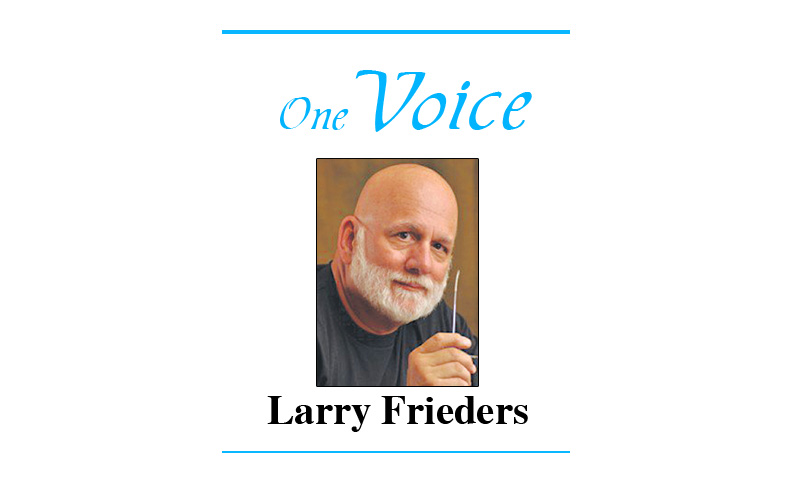
A man fainted at our church. His family suggested that there might have been some issue with his medications.
It’s alarming. Too many of us intentionally take too many drugs, and I suspect many of them are unnecessary and harmful, especially when combined.
A person taking three different drugs every day has about an 80% risk of a negative drug interaction. That risk increased to 100% when the number of drugs increased to five. Today, the average person consumes more than 10 drugs every day. If that’s the average, and some take none, too many people are taking too many.
Too many drugs are bad for those who consume them, of course. Worse, though, they are bad for those of us who don’t take them on purpose.
What? Once swallowed, a drug does not always just disappear. It, or some of its metabolic by-products, will be excreted and end up in our common water supply. Swallowing a birth control pill, or an antidepressant can unintentionally contaminate the rest of us when the consumer uses the toilet. Drugs and metabolites don’t always break down as we’d like to believe. They can remain active for years, all the while more is being added with each flush. Not only do we drink the contaminated water, but we feed our animals with it. Pollutants then move through our food supply.
These aren’t just hair-brained ideas or science fiction. Evidence is mounting and governments are beginning to enforce tighter drinking water standards. This only means the regulators are still working on the problem, not that it is less important because the implementation is years away.
There are two basic approaches to cleaner water; filtration is obvious and it costs money. The other is for everyone to stop tossing so many toxic substances down the drain.. It would cost some manufacturers a piece of their profits, but there’d be less polluting. Which would you prefer?
In preparation for a move to a new city, we removed the water filtration unit we had been using (reverse osmosis system that cost around $250). After a week of city tap water, we bought a pitcher with a filter in it (about $35). The taste and smell differences are noticeable. The pitcher company claims their filter removes up to 99% of 50 contaminants. Although it makes the water taste better, removing 50 is a pittance compared to the hundreds of potential substances routinely found in regular tap water, and well water.
For our household, a better filtration system is in the near future. Taste is an indicator that there’s more to what flows from the tap than just water. Fluoride is added intentionally. Chlorine is a bother because it smells and tastes bad, it dissipates in time. Local city water meets government standards at under 400 parts of dissolved solid per million parts water (PPM). A quality filtration unit cuts that number to less than 10. The unrealistic goal is zero PPM. Although purified drinking water is the primary focus, it is important to remove chemicals from bath and shower water. There are filters for that as well.
Nothing is perfect, but we can do better when it comes to contaminated water. We can use fewer drugs/chemicals and filter our household water.
Larry Frieders is a pharmacist in Aurora who had a book published, The Undruggist: Book One, A Tale of Modern Apothecary and Wellness. He can be reached at thecompounder.com/ask-larry or www.facebook.com/thecompounder.

